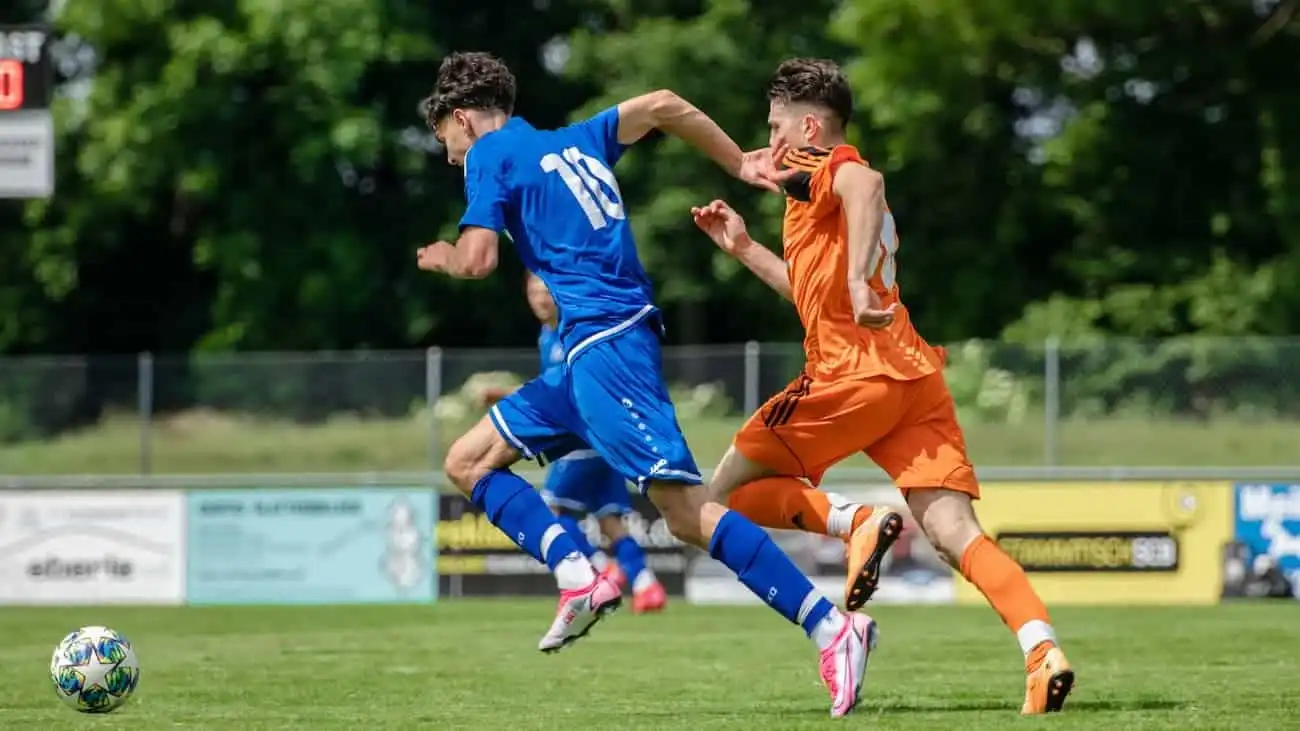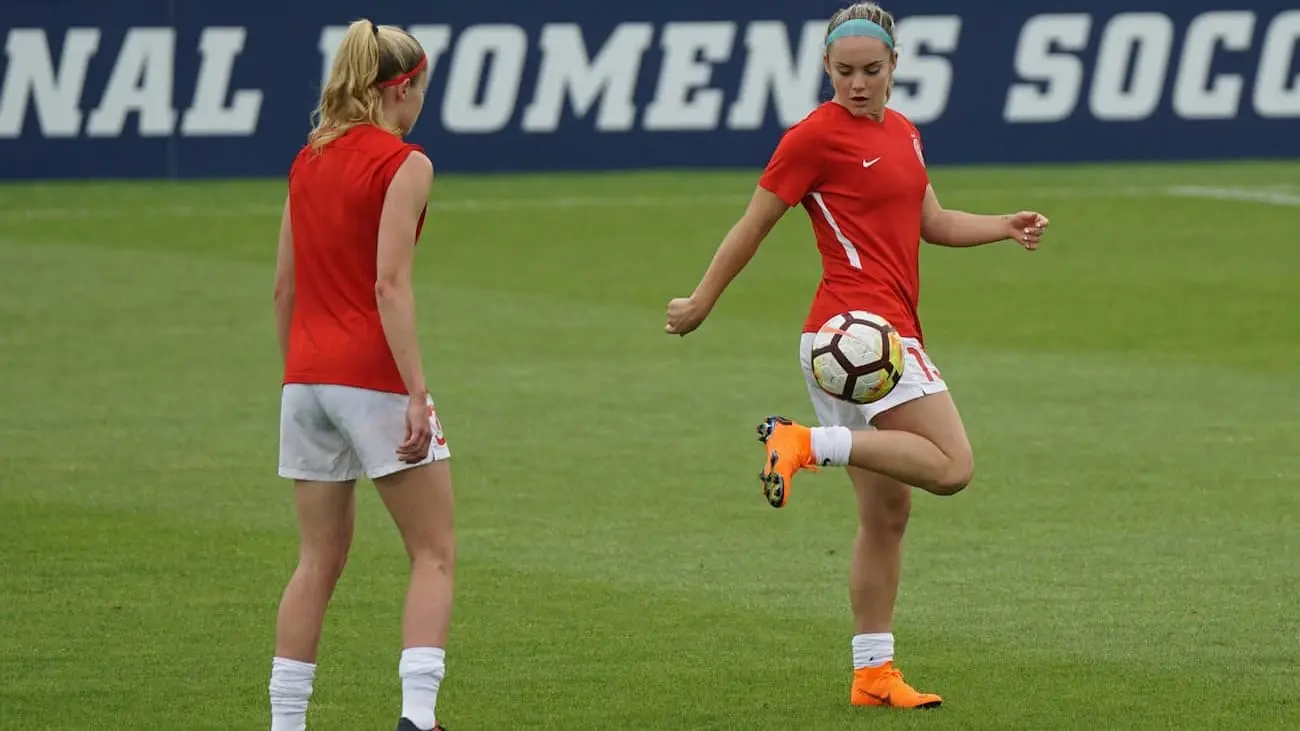NEW PLAYING STRENGTH SCALE FOR SUITABLE MATCH PAIRINGS
Thiago Calderaro
Performance and competition are fundamental elements of sport, transcending physical boundaries. They enhance not only physical but also psychological development, especially in young athletes. Sporting competition serves as a stage where children and teenagers learn to face challenges, test their limits, and prove their abilities. The motivation to excel and challenge others, as often required in football games, boosts self-confidence and promotes a healthy attitude towards competition. Finding suitable opponents is crucial for a fair and developmental competitive environment, particularly in amateur sports where the balance of power can vary. But how can one ensure that the chosen opponents are both challenging and appropriate?
The Importance of Skill Level
Weak, medium, or strong? Is that really enough to categorize tens of thousands of teams in Germany? Understanding team skill levels is fundamental for organizing sporting competitions, especially in the lower youth sectors. Coaches determine the level at which their players are and against which teams they should compete. Accurate assessment is particularly crucial up to the U11 leagues. It can be demotivating for children to play against opponents who are either too strong or too weak. Yet, coaches often misjudge their teams, sometimes unconsciously and sometimes deliberately, to succeed in weaker games, tournaments, and leagues.
The Challenge of Finding Suitable Opponent Teams
Organizing friendly matches, tournaments, leagues, and kids' festivals can be challenging without the right tools. Coaches and youth directors often struggle to find opponents similar in age, physicality, technique, and experience. CoachingArea addresses these issues with a marketplace featuring specialized filters that allow users to quickly and efficiently find suitable opponent teams.
Categorization of Skill Level on the CoachingArea Platform
1. Bambini - U11
Level 1 (Beginner)
Level 2 (Tactically weaker, physically weaker)
Level 3 (Tactically weaker)
Level 4 (Intermediate level, new team)
Level 5 (Intermediate level)
Level 6 (Intermediate level, well-practiced)
Level 7 (Tactically strong)
Level 8 (Tactically strong, physically strong)
Level 9 (Top team of the age group)
Level 10 (Youth academy level)
2. U12 - Adults
According to league, appropriate to the respective age group
Benefits of effective opponent selection
Choosing suitable opponents offers several advantages:
Fairer Games: Matches are more balanced and exciting.
Talent Development: Players can develop better when competing against teams of equal or slightly superior strength.
Motivation: Balanced games maintain high motivation and prevent frustration from overwhelming defeats or easy victories.
Conclusion
Integrating competition and performance in young athletes' training is essential. Coaches should create an environment where children understand the importance of effort and continuous improvement. CoachingArea's new feature for organizing friendly matches, tournaments, private leagues, and children's festivals is more than just a tool to simplify administrative tasks; it is a step towards a fairer and more development-oriented sports world. By carefully selecting opponents that match one's skill level, every team can test and improve its abilities in a fair and motivating environment. CoachingArea offers not only a platform but also a community where athletic ambition and personal growth go hand in hand.
Find suitable opponents now: app.coachingarea.net
Continue Reading
This might also interest you:







